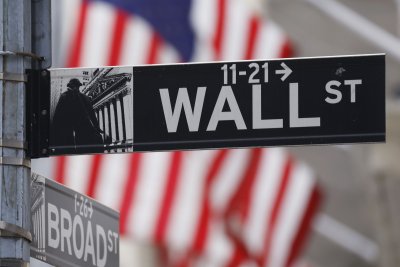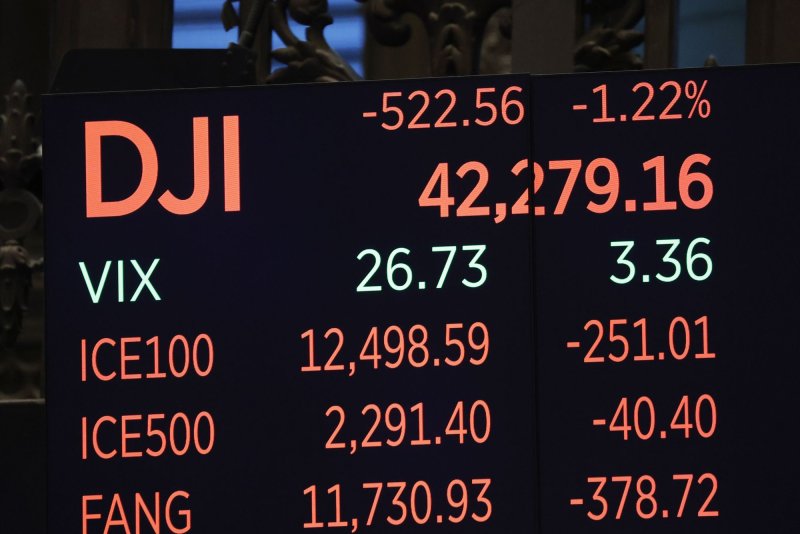July PCE: Core inflation rose to 2.9%, highest since February

Aug. 29 (UPI) — Inflation rose in July, according to the Personal Income and Outlays report from the Bureau of Economic Analysis, the Fed’s preferred measure.
Core inflation, which excludes food and energy costs, was at a 2.9% seasonally adjusted annual rate, according to the personal consumption expenditures price index. That showed a rise of 0.1% from June and the highest annual rate since February.
The core PCE index increased 0.3% monthly, which is in line with expectations, CNBC reported.
Personal outlays, which is the sum of PCE, personal interest payments, and personal current transfer payments, increased $110.9 billion in July. Personal saving was $985.6 billion in July, and the personal saving rate — personal saving as a percentage of disposable personal income — was 4.4%.
The increase in current-dollar personal income in July primarily reflected an increase in compensation. Personal income increased $112.3 billion, 0.4% at a monthly rate, in July. Disposable personal income — income less personal current taxes — increased $93.9 billion or 0.4%.
Many policy-makers consider core inflation to be a better indicator of trends because it excludes the gas and groceries figures, which are volatile, CNBC said. Central bankers prefer inflation at 2%. Friday’s report shows the economy isn’t near where the Fed wants it.
“The Fed opened the door to rate cuts, but the size of that opening is going to depend on whether labor-market weakness continues to look like a bigger risk than rising inflation,” said Ellen Zentner, chief economic strategist at Morgan Stanley Wealth Management, to CNBC. “Today’s in-line PCE Price Index will keep the focus on the jobs market. For now, the odds still favor a September cut.”
